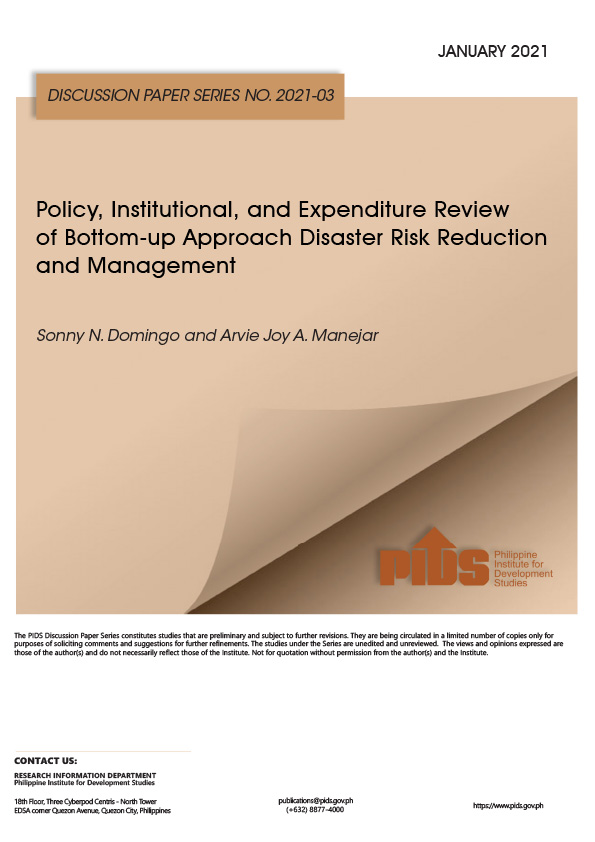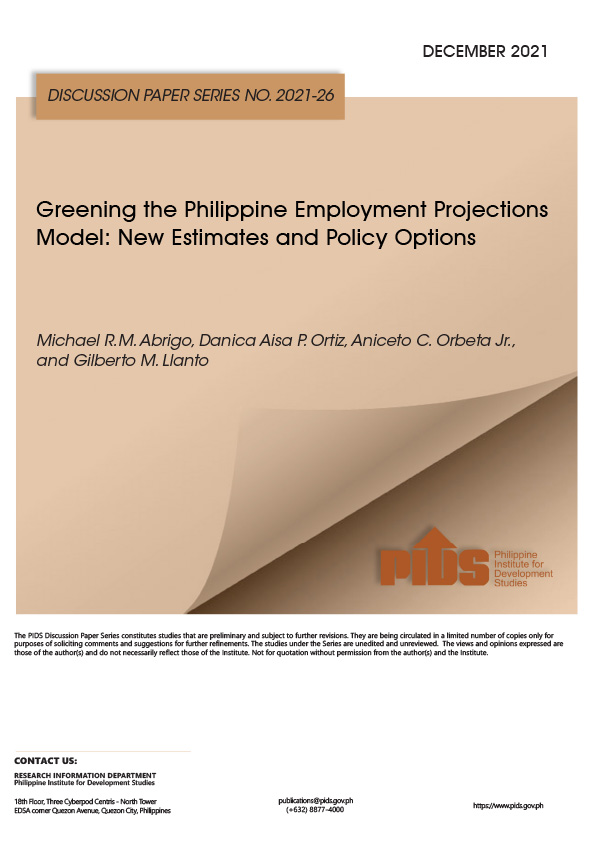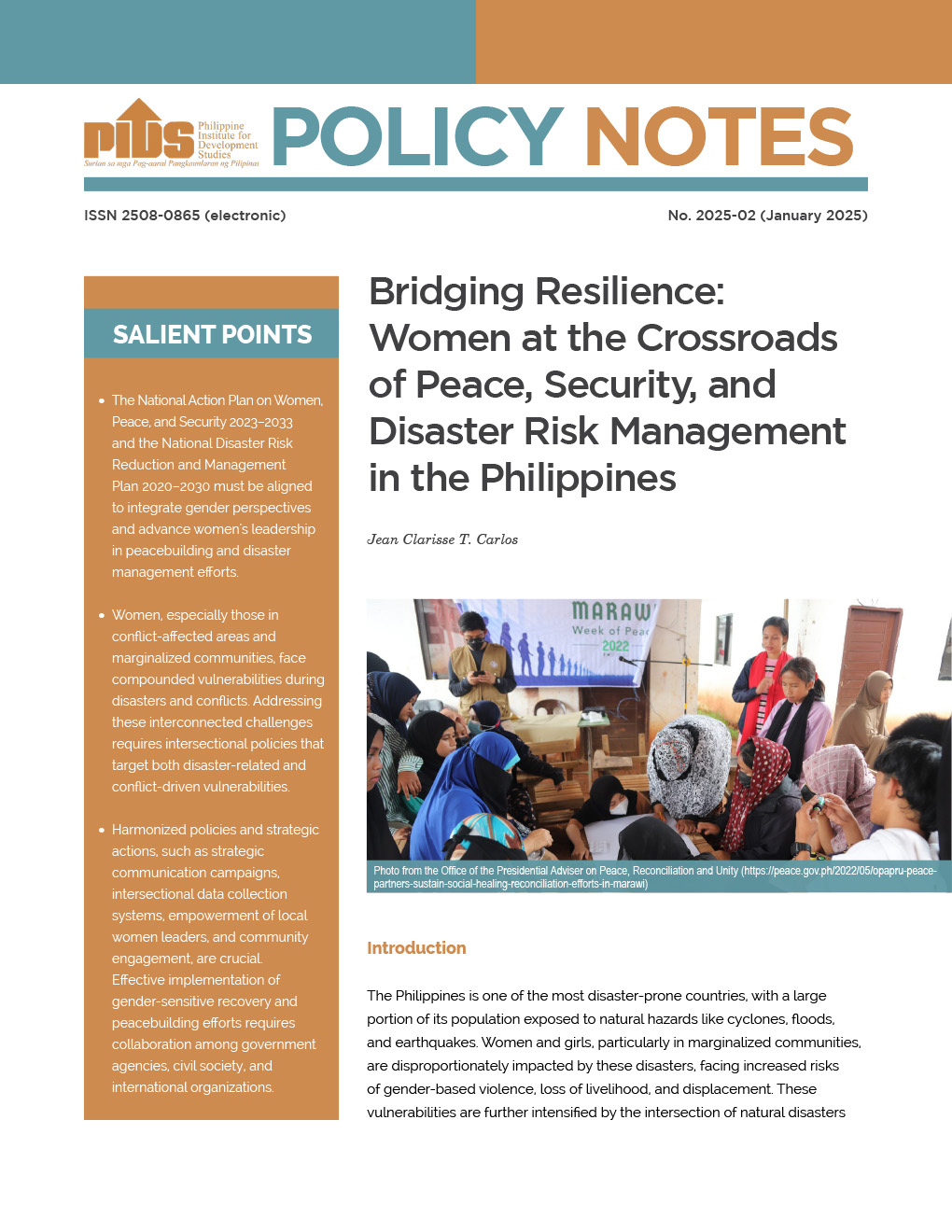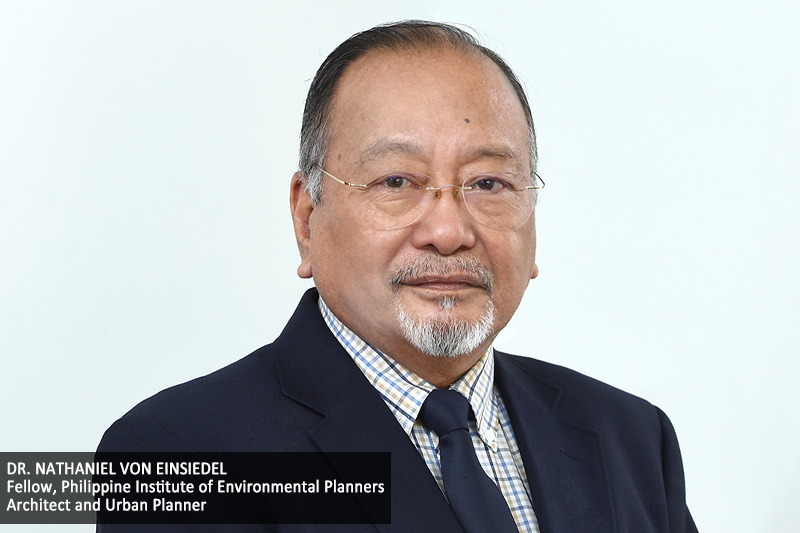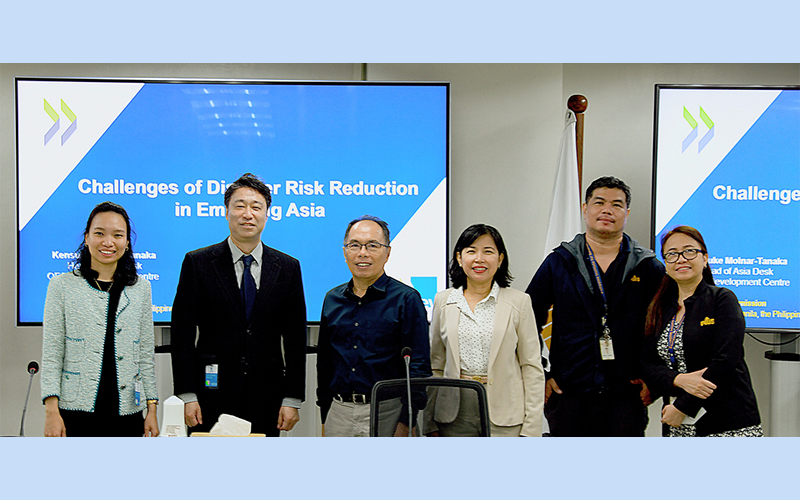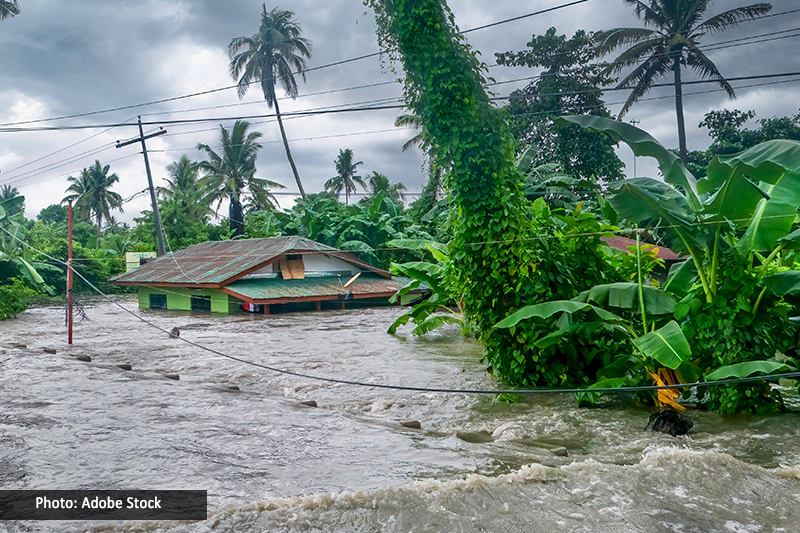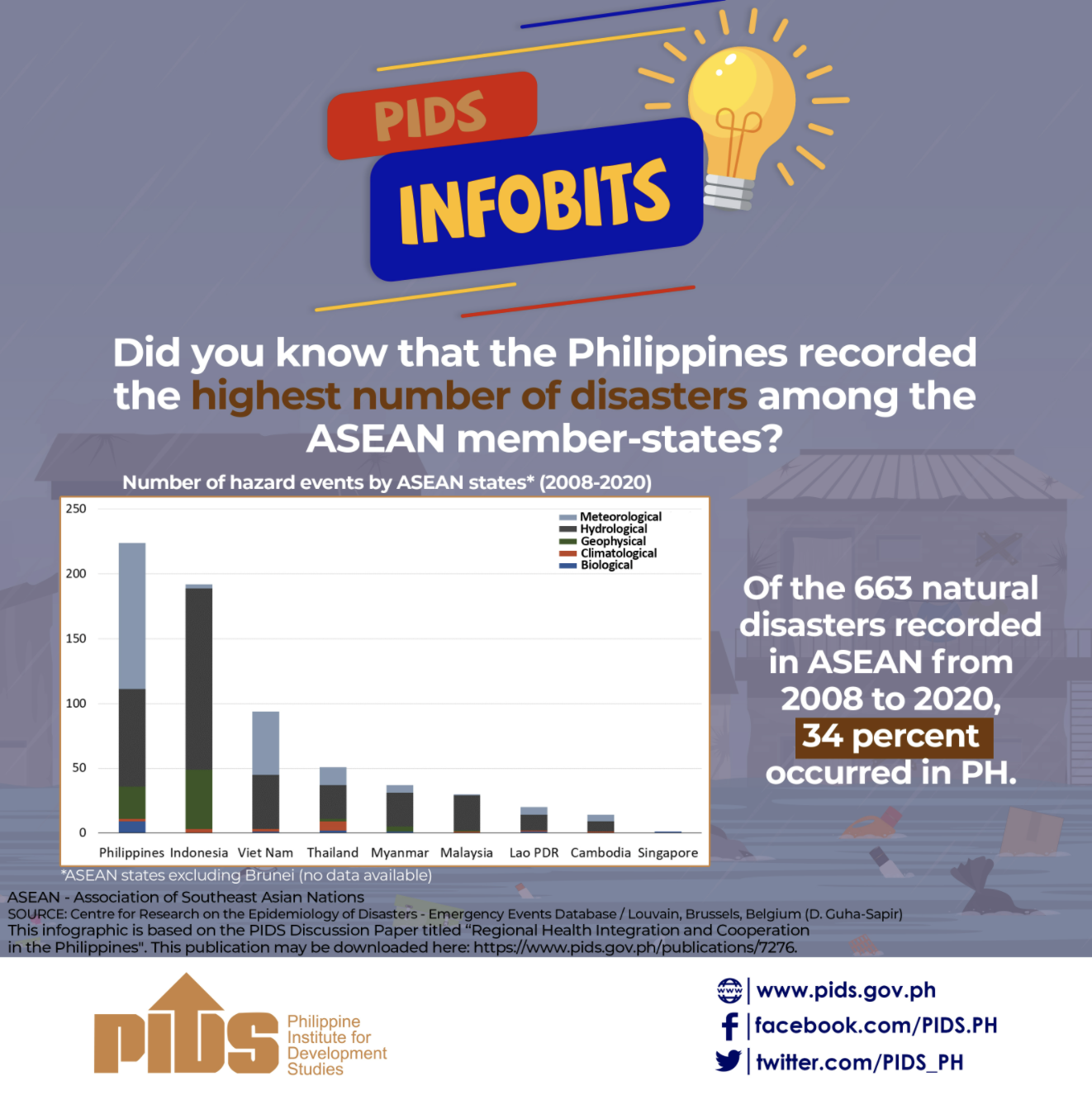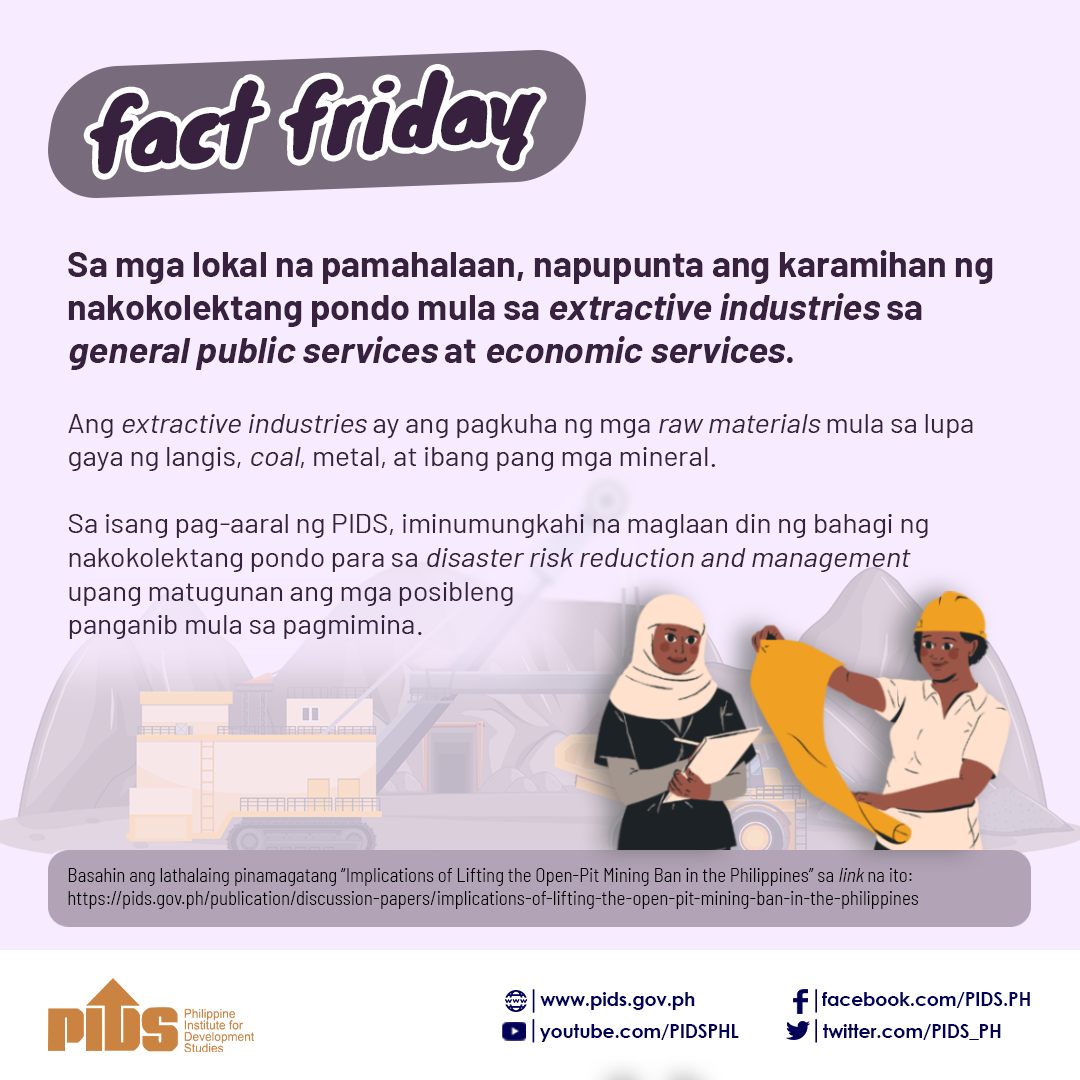Across the 10-nation Asean region, an estimated 130 million people lack access to electricity–and 16 million of them, comprising 12 percent of the total, are in the Philippines, a new study reveals. The study, titled "Energy Market Integration and Energy Poverty in ASEAN”, was recently published by the Philippine Institute for Development Studies (PIDS). Citing projections of the International Energy Agency, the study also indicated that about 63 million of the Asean population will not have electricity by 2030. Among the Asean nations, the number of people with no access to electricity is highest in Indonesia with 63 million, followed by Myanmar with 26 million. The Philippines has third followed by Cambodia with 10 million, Thailand, 8 million; Vietnam, 2 million, Laos 2.2 million, and Malaysia with 200,000. These countries have smaller population than the Philippines. The PIDS study said only Singapore and Brunei Darussalam have 100 percent electrification rates among the countries in the region. "There are supply and demand side reasons as well as institutional advantages some countries are able to increase their electrification ratio more rapidly than others,” the report said. "Improving the rural electrification ratio is still a major challenge at the national and regional levels. This challenge is compounded in populous and archipelagic countries such as Indonesia and the Philippines,” the report said. The PIDS study also noted there are at least 228 million people in the entire Southeast Asia who still rely on traditional biomass for cooking. They do not have access to clean and modern cooking facilities. In the Philippines, some 47 million people, or about half of its population, are seen as still relying on traditional biomass for cooking. They are those who use traditional biomass stoves and open fires for cooking and heating.
Related Posts
Publications
Press Releases
Video Highlights
[No related items]

